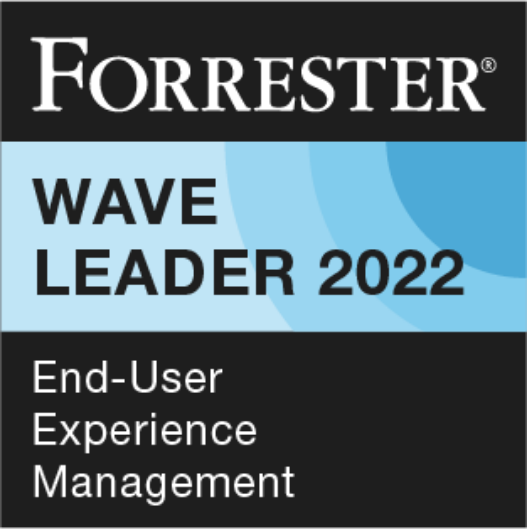The starting point to devise your own organization’s DEM strategy and roadmap
With the forced acceleration of long simmering trends like the consumerization of enterprise IT, modern device management and a mobile/remote-first approach to employee digital experience, it can often be challenging to sift the wheat from the chaff when seeking an effective starting point to devise your own organization’s DEM strategy and roadmap. Now that most knowledge workers are working remotely, using a laptop or tablet over home Wi-Fi to connect with corporate resources, many legacy processes, mindsets and toolsets are no longer enough. Before executing on a technical solution, it is always beneficial to begin with assessing the desired end-state to understand some of the most important considerations and speed bumps that can inhibit a successful strategy.
1. Quantify how the desired Digital Experience should look and feel to the end-user community.
IT Service Management groups, and even Desktop Engineering departments historically utilize Service Level Agreements to communicate the expectations around response time for ticket/issue assignment, throughput of tickets and resolution times. In the context of Digital Experience, these measures do not truly map to an optimized end-user experience.
Many organizations are adopting eXperience Level Agreements (XLAs) to track and manage expectations and delivery of top-quality end-user digital experience. The experience of enterprise IT is felt most keenly at the endpoint, and so this is a good starting point to consider the type of XLAs that works best. This approach allows the organization to track outcomes and perception of value from the end-user, rather than the traditional service level measures which typically focus on process measurements.
2. Involve stakeholders outside of the IT Dept in the ongoing DEM(&M) process
The most successful Digital Experience Monitoring (and Management) organizations always incorporate and start from the requirements of the business. Historically IT departments have sometimes selected and implemented endpoint monitoring and management solutions in a vacuum from other stakeholders in the enterprise. True collaboration at the Steering Committee and Working Group level between IT and various other parts of the business (HR, Finance, LoB) allow for more fine-tuning and course correction as the DEMM strategy takes hold and expands over time.
3. Ensure Digital Experience Management tools are suited for Work from Anywhere
Knowledge workers are almost universally concerned (98% according to our recent research) with the speed and responsiveness of their work-issued device. This laptop/tablet is the modern workers toolbox, communications platform and link back to corporate resources, and any impact to the performance, availability and stability of this asset can adversely impact the experience (if not the productivity) of knowledge workers.
Legacy monitoring and systems management tools often struggle to operate outside the corporate environment and are not up to the challenge of a dispersed, remote workforce. The 1E solution easily scales to any organization size, works on any network connection type and supports a huge array of device types and operating systems. We support self-healing, self-service and proactive remediation of issues *before* they impact the user’s workday.







